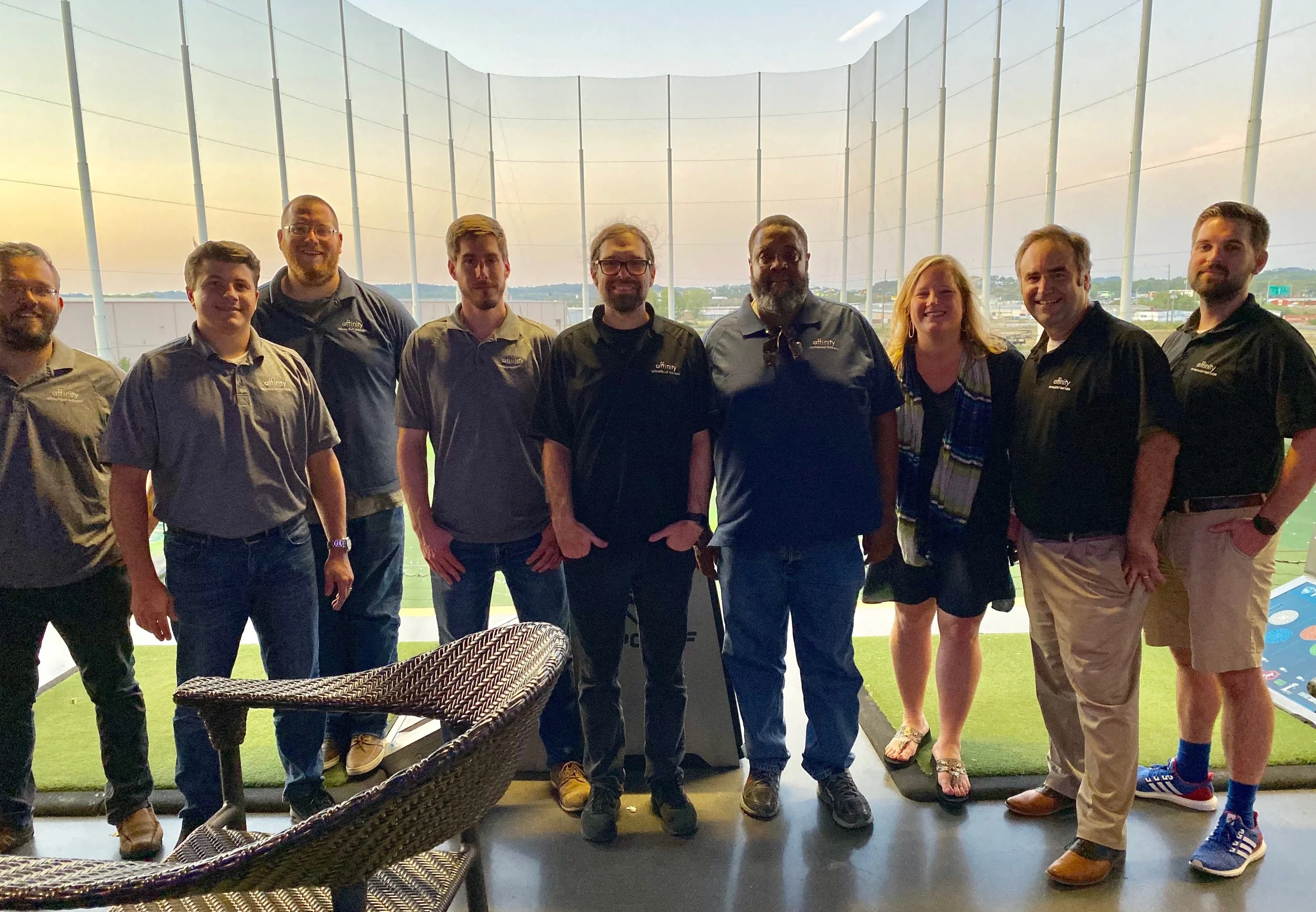Nonprofits: Now Is a Good Time to Move to the Cloud
/When planning for their organization’s technology, nonprofit leaders face a specific set of challenges. The latest technologies can help nonprofits expand their reach, increase their efficiency, accomplish more within a fixed budget, and fulfill their mission more effectively. But the pricing structures—not to mention the prices themselves—of technology tools don’t always map easily onto their budgetary needs.
It is precisely these challenges that the market for cloud computing solutions has begun to resolve for nonprofits. There are a number of inherent benefits to cloud computing that may be especially attractive for nonprofits. In the past, though, the cost of moving key company assets to the cloud was prohibitively high for many small and mid-sized organizations. Given the increased competition in the cloud market and the continued development of cloud technologies, though, that is no longer the case.
Read More







